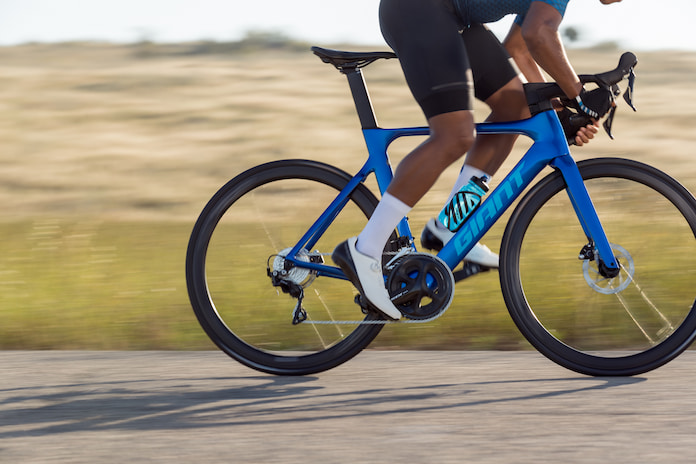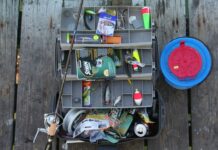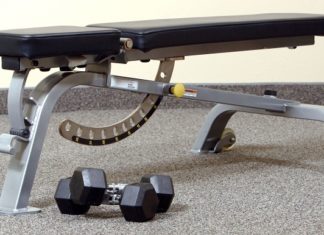
The wheels on your bike play an important role in how it rides. They keep you from slipping off your seat and falling over when stopping, cushion bumps in the road, and make turns easier by providing traction. But those benefits come at a cost: regular maintenance to keep your wheels in good condition.
All that maintenance work can be made easier with proper wheel alignment. And if you’re willing to spend a little extra money on bike parts, this task will become even simpler because better wheels are designed with alignment in mind. But before I get into the details about how to do this, let’s go over what exactly wheel alignment is.

What Is Wheel Alignment?
The term “wheel alignment” refers to the angle of your bike’s wheels. Specifically, it’s the angle between the sprocket and hub on both the front and rear wheels. If these two points aren’t lined up correctly, both performance and safety can be affected. Performance issues arise because a misaligned wheel will rub against the others when turning or braking. This will slow you down and can cause tire damage over time. Safety concerns come into play because the rubbing can also cause your bike to wobble. And if your front wheel is pointing too far to one side, it’s possible for the handlebars to hit obstacles when steering around them.
Because of these issues, proper alignment should be a priority on every bicycle you own. But since most bikes are mass-produced in factories with little consideration for how they’ll be used, it’s not uncommon for alignment issues to pop up after purchase. And even if you’re buying a bike with top-quality components, an improper assembly can cause these problems as well. That’s why it’s important to get your wheels checked out by professionals before every big ride or race. These are the people who know how each part fits together and will be able to spot any misalignments right away.

Top Factors to Consider When Buying Bike Wheel
When deciding on which bike wheels you should buy, think of the following factors:
Wheels: There are two types of bike wheels – clincher and tubeless. The difference is how they’re designed: clinchers have a removable outer rim tacked onto a separate inner rim, while tubeless ones have an integrated wheel body. Clinchers are more common because they’re easier to repair and cheaper than tubeless wheels, but they don’t last as long or perform as well in rough conditions. If you plan on riding over rugged terrain regularly, go with tubeless wheels because they won’t puncture as easily.
Rim Material: Aluminum alloy is a good choice because it’s lightweight, durable and cheap. But you’ll run into trouble if you ride over rough surfaces often because aluminium isn’t as tough as other materials like carbon or stainless steel.
Speed: Your wheel’s speed rating refers to how fast it can go without failing under stress. The higher the number, the faster you can pedal before hitting dangerous levels of strain on your bike’s frame and components.
Weight: Lighter wheels are always better because they’re easier to handle and accelerate. If you’re going for a lightweight bike, consider carbon wheels or those made from high-end aluminium alloys because they’re both light and durable.
Size: For recreational riders, 26-inch wheels are the most common in Australia. But if you want more speed, go with larger road bike wheels like 27 inches or 28 inches. This can also help make your bike more comfortable to ride over long distances. And if you’ll be riding on rougher terrain, consider buying 29er road bike wheels with a 1.5-inch diameter or larger to make your bike more stable in rough spots.
Offset: The offset of your wheel refers to how far it is from the centerline of your frame. This can be an important factor for controlling speed because the further away from the centre you are, the faster you’ll go when pedalling. If you’re going for speed and stability, look for 0 to 5mm of offset on road bikes and 10mm or less on mountain bikes.
Braking Surface: The braking surface of your wheel is the part that contacts your tire when you’re stopping. And if it’s not in good shape, it can lead to poor performance and even dangerous accidents like flat tires or rear derailleur failures. You should replace worn-out brake pads immediately because they’ll wear down the rest of your bike’s components over time.
Hubs: Hubs are what connect your wheels to the rest of your bike. They come in different shapes and materials, but the best ones are still made from steel because they’re durable, easy to repair and affordable. If you’re buying high-end wheels, look for hubs that use stainless steel or carbon fibre because these materials are stronger than common alloys like aluminium.















